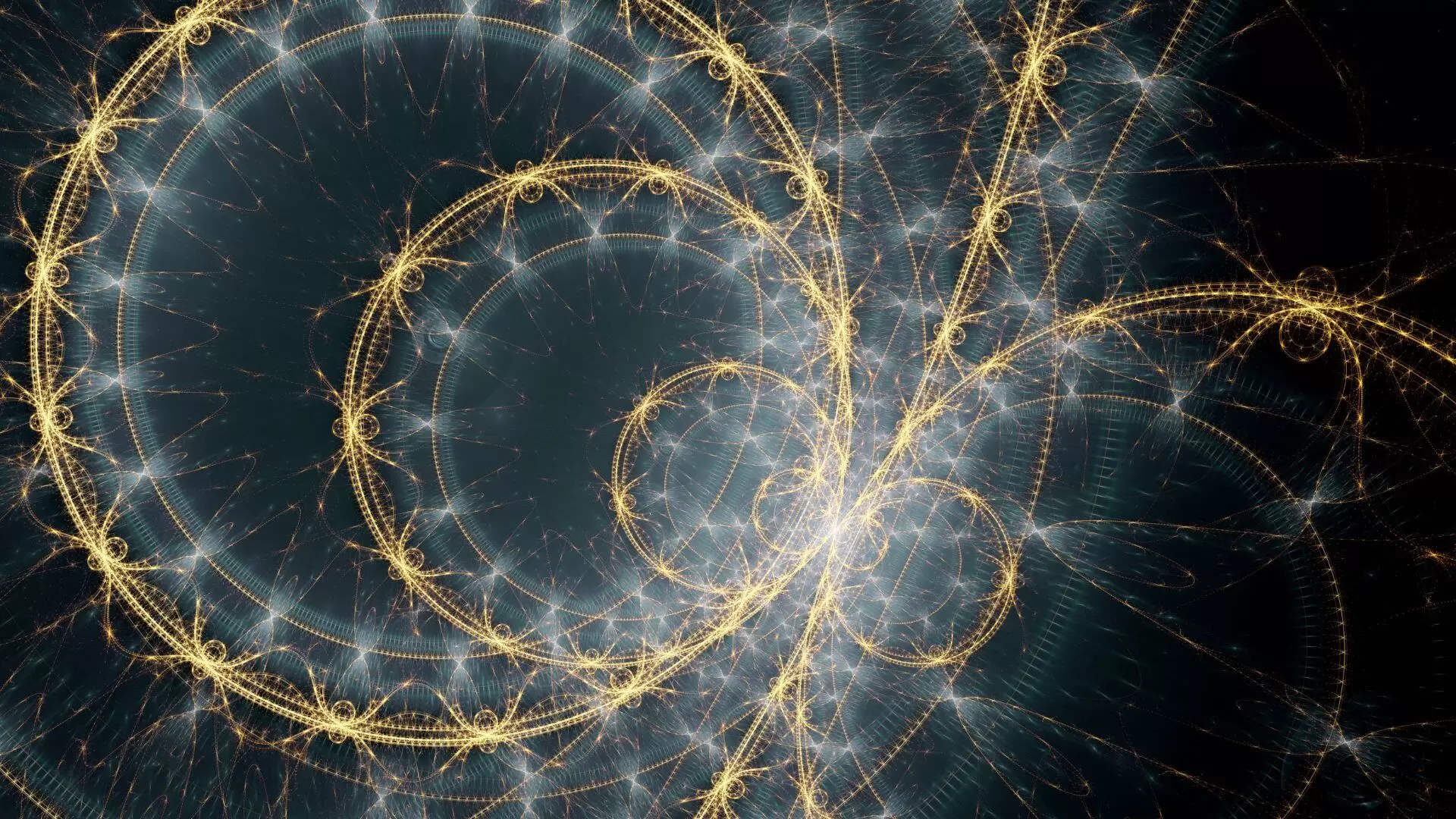The space telescope, which will see the first lights of the universe, will be launched into space from French Guiana on December 25 after a further delay
It has taken decades, critical changes, and even several moments of panic, but the James Webb will be launched -except for a last-minute problem- from French Guiana on December 25 at 1:20 p.m. Spanish time. And the entire process can be followed through a live broadcast in several languages, including Spanish [you can see it on ABC Ciencia ] from early Friday morning. Starting with the fuel load of the European rocket Ariane 5, in charge of transporting the ambitious observatory, until the final takeoff broadcast by the cameras onboard the Webb. A long road that has lasted much longer than it will take for the telescope to reach the Lagrange 2 point, 1.5 million kilometers from Earth, from where it will reveal the light of the first stars and galaxies.
After a decade of delays in its construction and variations in its budget, the pandemic added to further postponed the takeoff (first dated at the beginning of this year, delayed until October later, and finally postponed from December 18 to 24 and, after a forecast of bad weather for Christmas Eve, passed on the 25th, Christmas ) and its encapsulation in the rocket, in which, like ‘ origami ‘, the instruments are folded in a space barely 5 meters in diameter.
Once it is launched into space, its instruments will expand over the next month until it reaches the approximate size of a tennis court (21 meters wide, by 14 meters high of its parasol, plus the 6.4 meters of its enormous mirror). , made up of 18 smaller segments ). And in these operations, there must not be a single failure, since it will be impossible to send missions to repair it.
“These days it has been difficult to work against the clock and identify the problems that have arisen,” Bill Nelson, NASA administrator, said optimistically at an online press conference, referring to the latest setback that affected communications between the telescope and the system. launch. “But we are already fully prepared for takeoff.”
Hubble’s successor, but not its replacement
Called to be the successor to Hubble (although not its replacement, since they will work together for the first few years), Webb will be able to make observations of our immediate environment, the Solar System, and much beyond. In fact, it is expected that in its first year of work it will find around 60 or 70 new exoplanets, also analyzing their atmospheres with a precision never seen before that will give us clues about potentially habitable worlds.
Thomas Zurbuchen, the associate administrator for NASA’s Science Mission Directorate, compared the mission to the Apollo program: “This is a new era where we will be able to observe incredible things, such as the atmosphere of distant exoplanets, with a resolution never seen before .” view. So far we have discovered more than 3,000 and now we will be able to observe their composition, if they have liquid water, what their air is like… That is without counting incredible and rare new worlds that we still have no idea about ».
However, its mission will be conditioned by its position, three times further away than Hubble: this will mean that it cannot be repaired beyond software repairs -which can be done from the ground-, as is the case with its predecessor. But this unique position will be an advantage to be able to see much further than Hubble. Specifically, it will be an exceptional witness to what the universe was like 13.5 billion years ago when the first galaxies and stars were formed about which scientists still have many doubts: what did they look like? what exactly were they made of? How did they evolve into what we see today? when did each stage occur? Many questions for the largest and most advanced space telescope created by mankind to answer.
“This revolutionary technology will allow us to unlock mysteries of the cosmos, not just our Solar System, but also the earliest galaxies and stars and everything in between, right up to the present day,” said Nelson. “It will tell us who we are, when and why we got here. It will open a great door to the past.” Like a sort of ‘ time machine ‘ that allows you to ‘rewind’ until shortly before the Big Bang, that moment in which everything was. And then ‘fasten the tape’ to see how the Universe came to be as we see it now.
But, in addition to studying from the infancy of the Universe to the present day, Webb will reveal space hidden from our eyes: from the stars ‘covered’ by stardust in nebulae, those ‘stellar incubators’ where we know they originate, apart of images of our cosmic neighborhood with a resolution never seen before. Great expectations for one of humanity’s most ambitious human missions. In the words of Pam Melroy, deputy administrator of NASA: “It is something that you only experience once in a generation. The James Webb will take away our ‘blindness’ and allow us to see and open a new decade of great space discoveries.”

